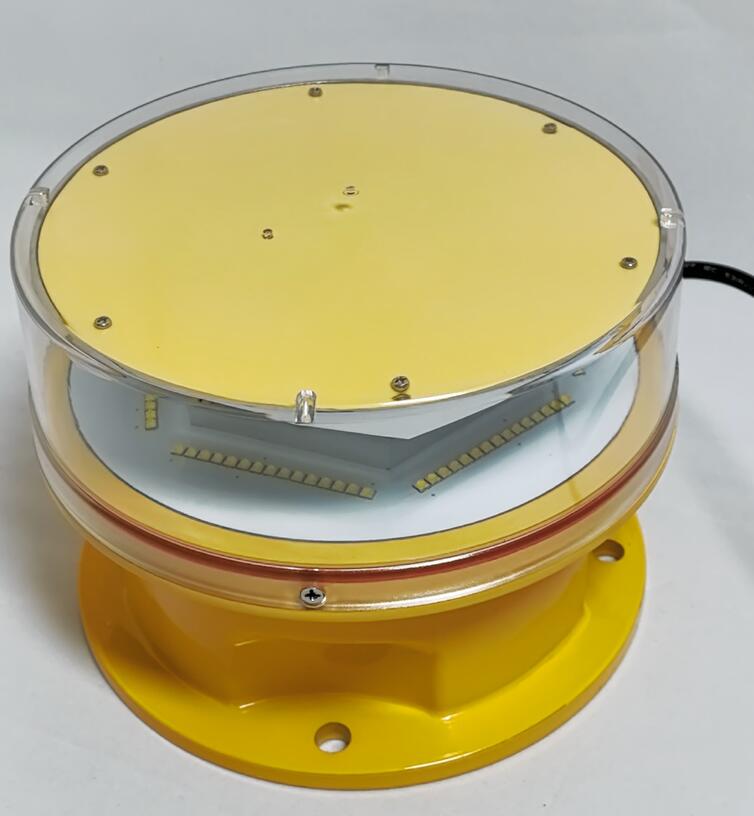In the vast expanse of the sky, where aircraft gracefully soar and navigate, there exists an often overlooked yet crucial element that ensures the safety of flights - obstacle lights in aviation. These unassuming lights play a vital role in safeguarding the lives of passengers, crew, and the integrity of aircraft.
Obstacle lights are designed to mark and highlight potential hazards that could pose a threat to aviation. Tall structures such as towers, cranes, and wind turbines, as well as large buildings near airports, are required to be equipped with these lights to make them visible to pilots. By providing a clear visual indication of obstacles, obstacle lights help pilots avoid collisions and ensure a smooth flight path.
The importance of obstacle lights in aviation cannot be overstated. In a world where air travel is becoming increasingly common, the need for safety measures is more pressing than ever. A single collision with an unmarked obstacle can have catastrophic consequences, including loss of life and damage to property. Obstacle lights act as a preventive measure, giving pilots the necessary warning to take evasive action and avoid potential disasters.

One of the key features of aviation obstacle lights is their visibility. They are designed to be highly visible from a distance, even in adverse weather conditions. This is achieved through the use of bright and durable light sources, such as LEDs or strobe lights. These lights are often equipped with advanced optics and reflectors to enhance their visibility and ensure that they can be seen from all angles.
| Obstacle lights aviation | FGB |
| 45 | GHB |
Another important aspect of obstacle lights is their reliability. In the aviation industry, there is no room for error. Obstacle lights must be able to operate continuously and without fail, even in the harshest environments. This requires robust construction and quality materials, as well as regular maintenance and testing to ensure their proper functioning.
The installation of obstacle lights is also subject to strict regulations and standards. Aviation authorities around the world have established guidelines for the placement, intensity, and color of these lights to ensure their effectiveness. For example, lights on tall structures near airports are typically required to be red in color and flash at a specific frequency to distinguish them from other lights in the area.
In addition to their role in preventing collisions, obstacle lights also serve other important functions in aviation. They can be used to mark the boundaries of restricted airspace or to indicate the location of important navigation aids. They can also help pilots identify the approach path to an airport or runway, providing an additional layer of safety during landing and takeoff.
As technology continues to advance, so too do obstacle lights in aviation. Newer models are being developed that offer even greater visibility, reliability, and functionality. For example, some obstacle lights now feature remote monitoring and control capabilities, allowing operators to ensure that the lights are functioning properly at all times. Additionally, advancements in LED technology are making obstacle lights more energy-efficient and longer-lasting.
In conclusion, obstacle lights are an essential component of aviation safety. They serve as a silent sentinel, illuminating the path and warning pilots of potential hazards. With their visibility, reliability, and strict regulatory compliance, these lights play a crucial role in ensuring the smooth and safe operation of aircraft. As we look to the future, we can expect obstacle lights to continue to evolve and adapt to the changing needs of the aviation industry, further enhancing the safety of air travel for all.